Fire Restoration Services
Fire restorations involve the process of repairing and restoring properties affected by fire damage. This includes cleaning soot and smoke residues, repairing structural damage, and restoring the property to its pre-fire condition. Proper timing of fire restorations is crucial to prevent further deterioration and mold growth, ensuring a safe and healthy environment.
Electrical faults, unattended cooking, and heating equipment are frequent sources of household fires. Understanding these causes can help in timely restoration and prevention.
Fire damage can compromise structural integrity, cause smoke inhalation hazards, and lead to extensive property loss if not addressed promptly.
Initial assessment, soot and smoke removal, structural repairs, and deodorization are key steps in the restoration process.
Addressing fire damage quickly minimizes long-term damage, reduces restoration costs, and improves safety.

Ways to make Fire Restorations work in tight or awkward layouts.

Popular materials for Fire Restorations and why they hold up over time.
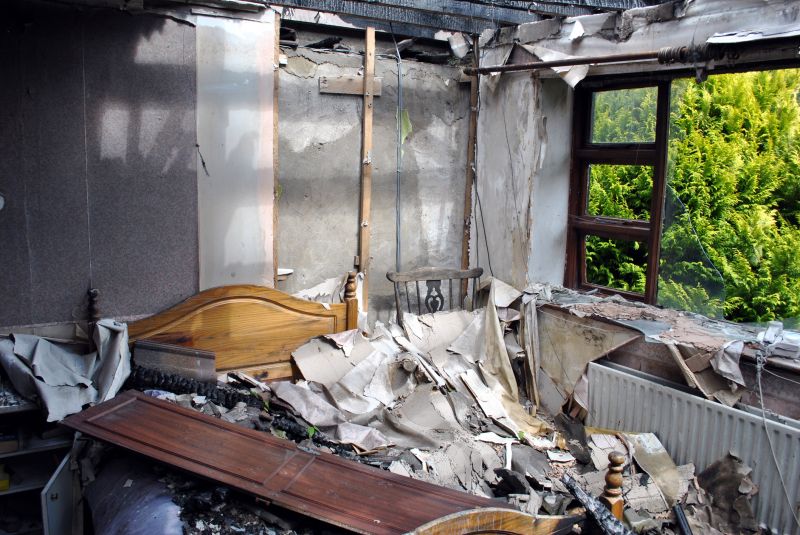
Simple add-ons that improve Fire Restorations without blowing the budget.
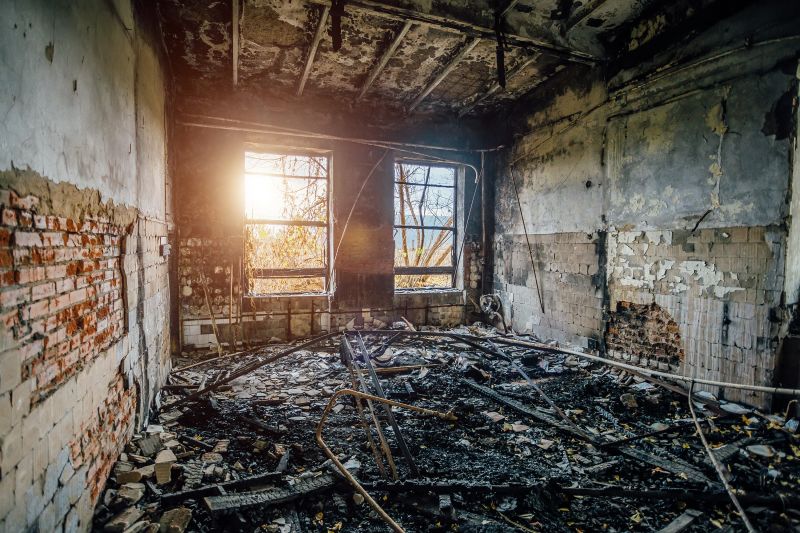
High-end options that actually feel worth it for Fire Restorations.

Finishes and colors that play nicely with Fire Restorations.
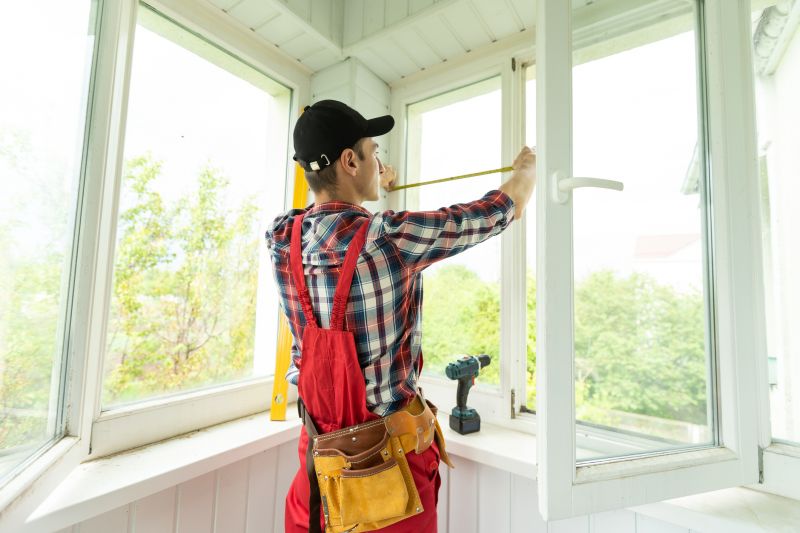
Little measurements that prevent headaches on Fire Restorations day.
| Season | Best Time for Fire Restorations |
|---|---|
| Spring | Ideal for restoring after winter heating and storm-related damages. |
| Summer | Suitable during dry months with less humidity to prevent mold growth. |
| Fall | Good before winter to prepare properties for colder months. |
| Winter | Possible but requires careful planning due to weather conditions. |
| Post-Disaster | Immediately after fire incidents to prevent further deterioration. |
The timing of fire restorations depends on several factors including weather conditions, the extent of damage, and the availability of restoration professionals. Early intervention is recommended to mitigate secondary damages such as mold growth and structural weakening. Proper planning ensures that restoration efforts are effective and efficient, ultimately restoring safety and property value.

A 60-second routine that keeps Fire Restorations looking new.
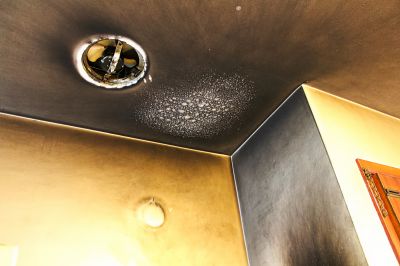
A frequent mistake in Fire Restorations and how to dodge it.
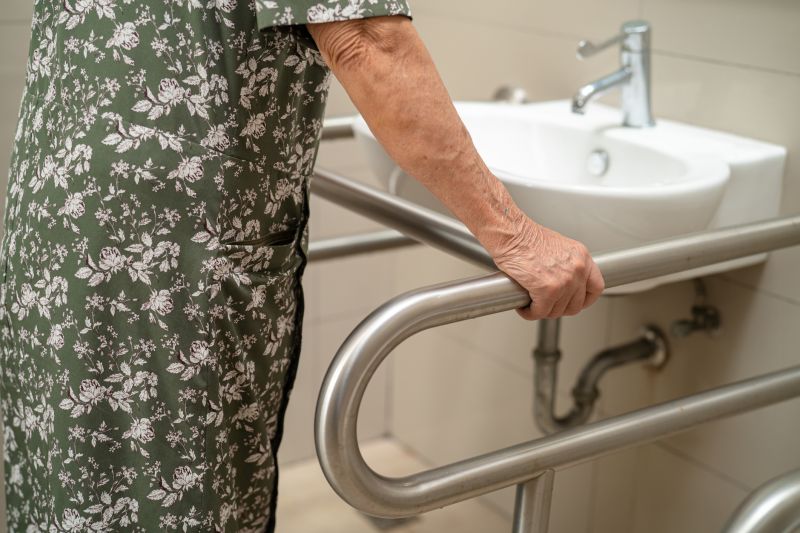
Small tweaks to make Fire Restorations safer and easier to use.
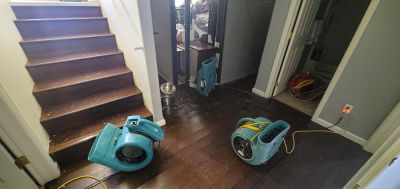
Lower-waste or water-saving choices for Fire Restorations.

The short, realistic tool list for quality Fire Restorations.
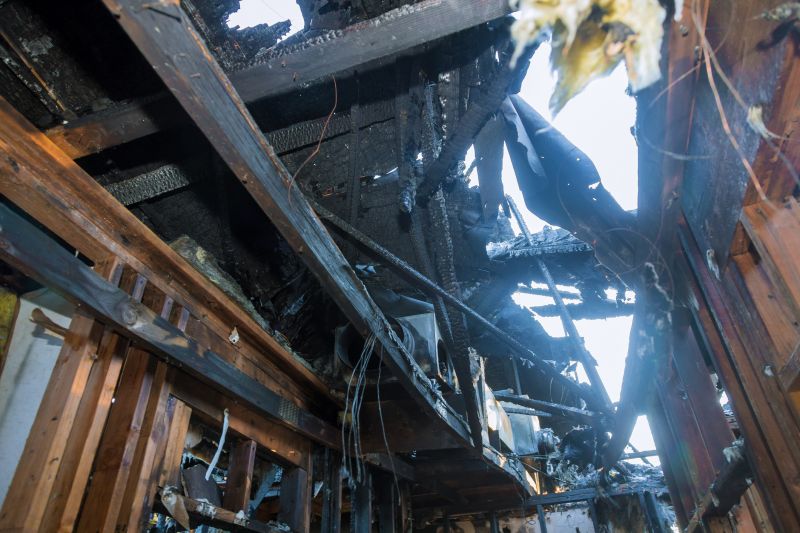
Rough timing from prep to clean-up for Fire Restorations.
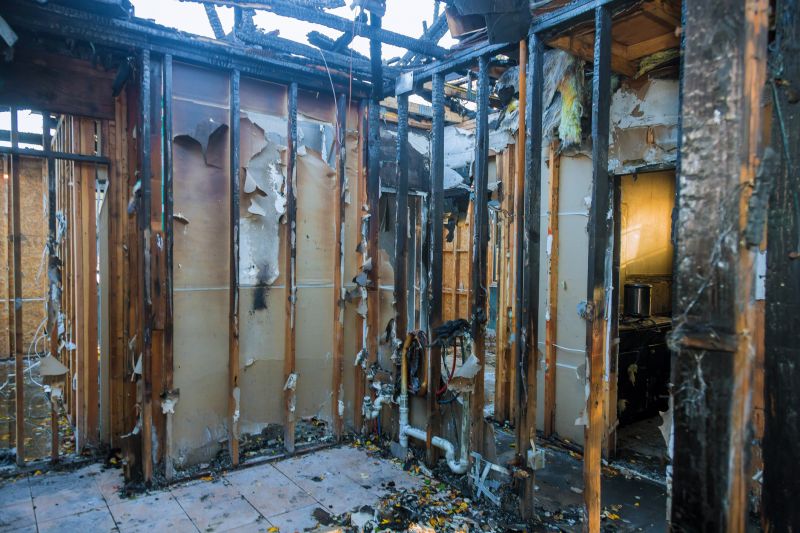
Quick checks and paperwork to keep after Fire Restorations.
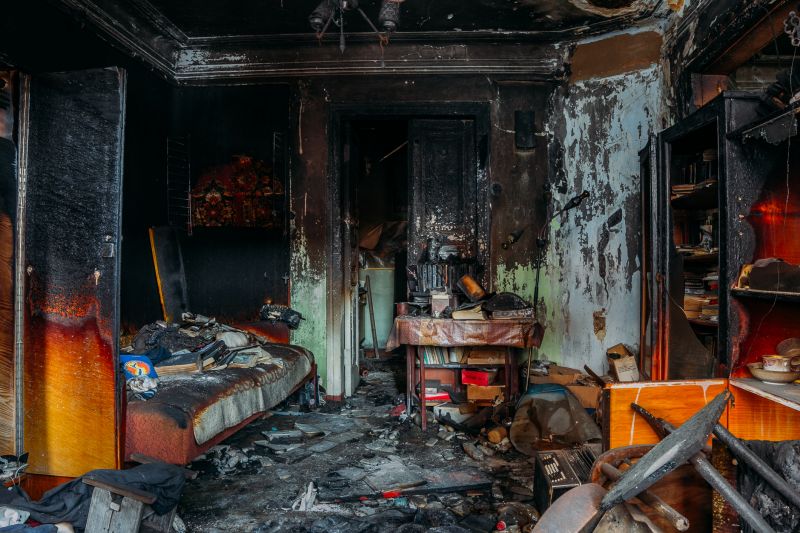
Examples that show the impact a good Fire Restorations can make.
Proper timing and professional intervention are essential for effective fire restorations. Addressing damage promptly reduces costs and minimizes health risks. Regular maintenance and fire safety measures can also help in preventing future incidents.
